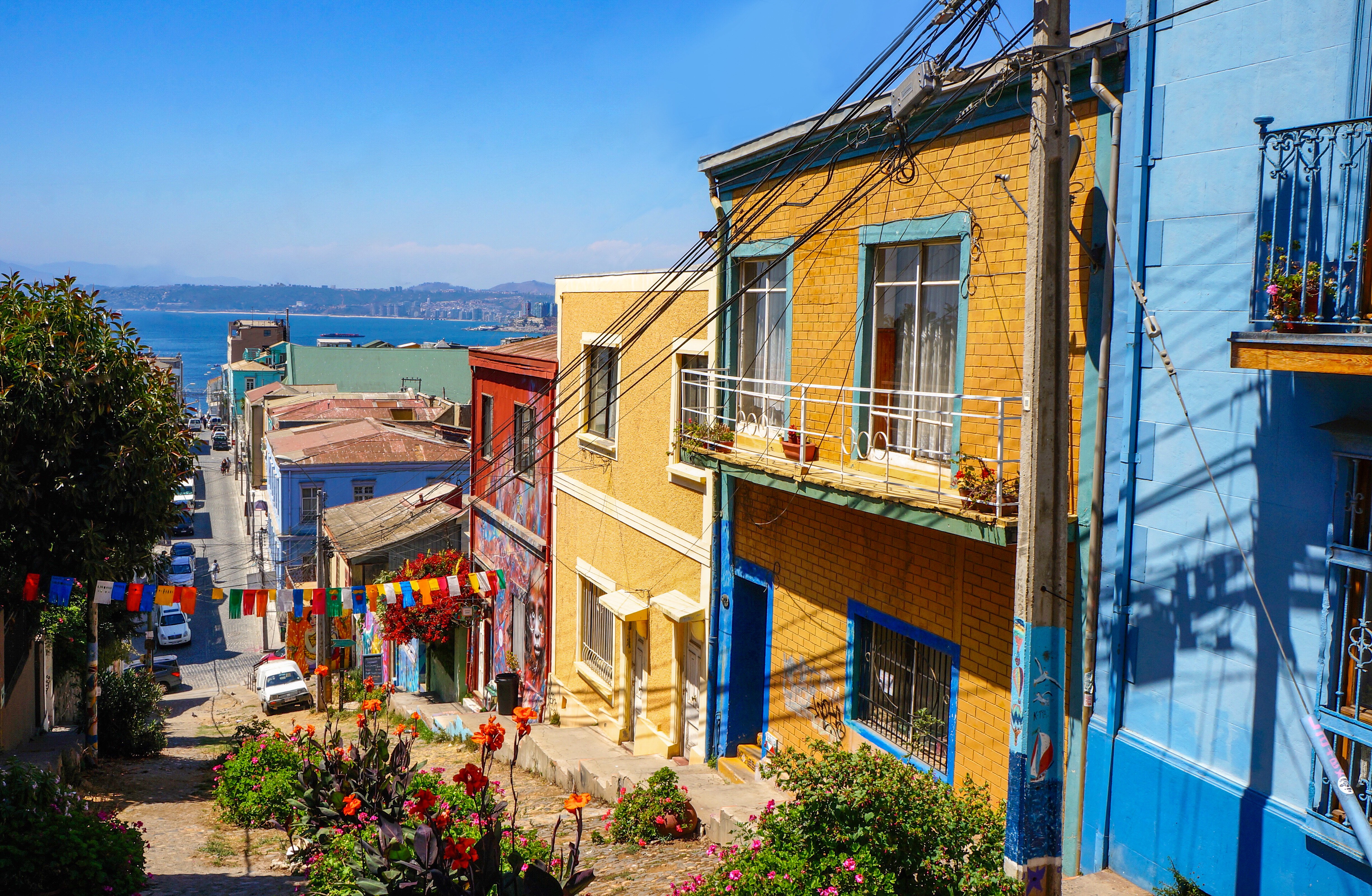11 Otherworldly Cities That Feel Like They’re in a Different Timeline
In our world, cities often serve as the backdrop to human history, culture, and progress. Yet, there are cities that defy conventional understanding, appearing to exist outside the bounds of time and reality. These otherworldly cities captivate the imagination, each with unique characteristics that set them apart from the ordinary. They are places where the past, present, and future seem to converge, creating an atmosphere that is both enchanting and enigmatic. This article embarks on a journey to explore 11 such cities, each with its own story, mystery, and allure. From ancient ruins that whisper secrets of bygone eras to futuristic metropolises that challenge our perception of time, these cities invite us to step beyond the ordinary and into a realm where the boundaries of reality are blurred. Join us as we delve into these extraordinary places, uncovering the mysteries that make them timeless wonders.
1. Machu Picchu: The Lost City of the Incas

Perched high in the Andes Mountains of Peru, Machu Picchu is a testament to the ingenuity and vision of the Inca civilization. This ancient city, often shrouded in mist, was built in the 15th century and is renowned for its sophisticated dry-stone construction that fuses seamlessly with the surrounding landscape. Despite its age, Machu Picchu remains remarkably well-preserved, offering a glimpse into a world that seems untouched by time. The city’s purpose remains a mystery, with theories ranging from a royal estate to a religious retreat. Its remote location and architectural brilliance have led many to speculate about its significance, suggesting it may have served as a celestial observatory or a spiritual center. Today, Machu Picchu is a UNESCO World Heritage Site and one of the New Seven Wonders of the World, drawing visitors from around the globe who seek to experience its timeless beauty and enigmatic allure.
2. Petra: The Rose City Carved from Rock

Nestled in the rugged desert canyons of southern Jordan, Petra is a city carved entirely from rose-red sandstone cliffs. This ancient metropolis, once the thriving capital of the Nabataean Kingdom, is a marvel of engineering and artistry. Established around the 4th century BC, Petra was a vital hub for trade routes linking the East and West, facilitating the exchange of goods and cultures. Petra’s most iconic structure, Al-Khazneh (The Treasury), captivates visitors with its intricate façade, carved with precision and artistry that defy its age. The city’s architecture reflects a blend of Hellenistic and Eastern influences, showcasing the Nabataeans’ cosmopolitan nature. Despite its abandonment in the 7th century, Petra’s allure endures, drawing explorers and archaeologists eager to unravel its mysteries. As a UNESCO World Heritage Site, Petra continues to enchant all who venture into its timeless embrace.
3. Bagan: The Land of a Thousand Temples
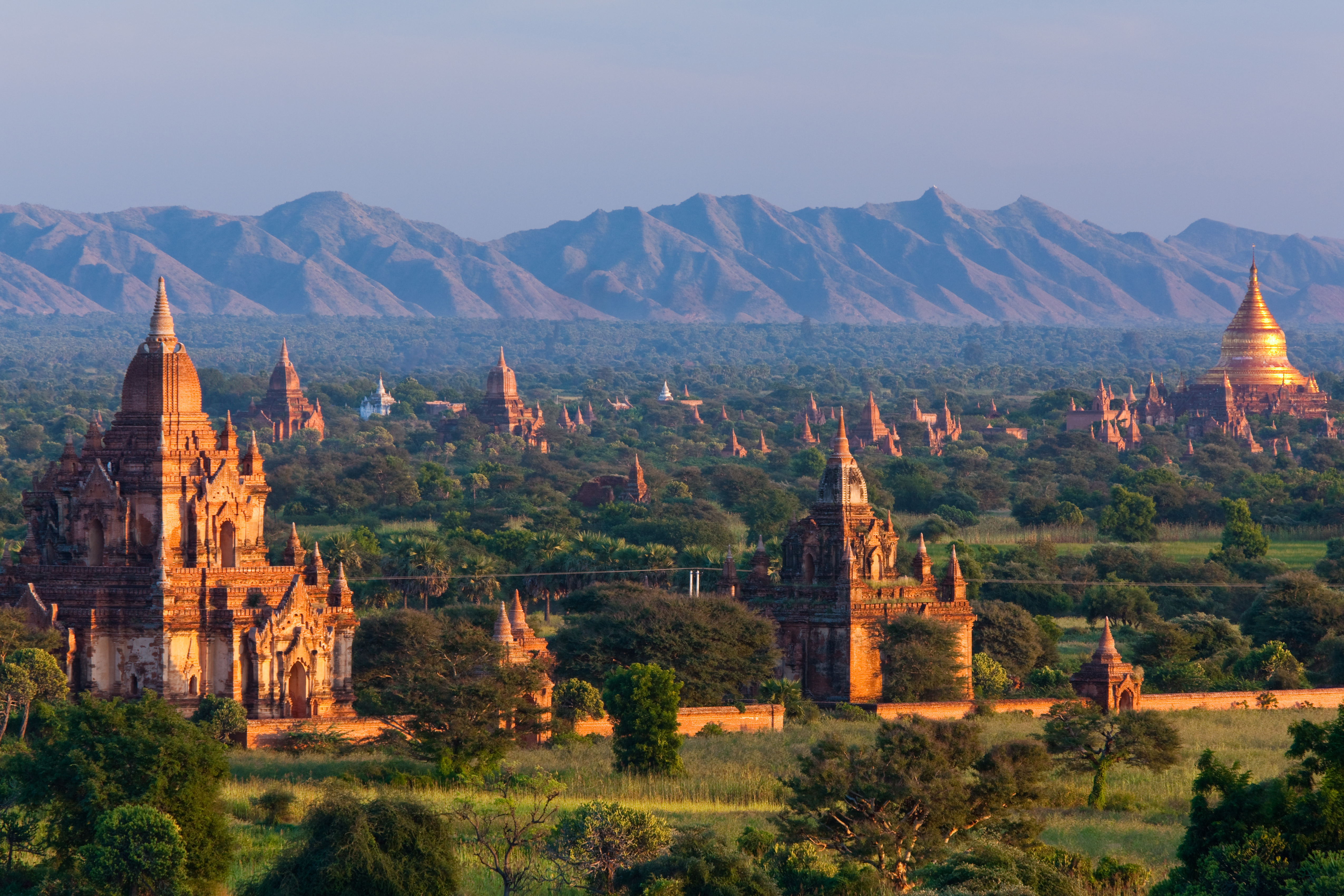
In the heart of Myanmar lies Bagan, an ancient city that boasts a landscape dotted with over 2,000 temples, pagodas, and stupas. This archaeological wonder, once the capital of the Pagan Kingdom from the 9th to the 13th centuries, is a testament to the spiritual devotion and architectural prowess of its builders. The city’s golden age saw the construction of over 10,000 religious monuments, of which a fraction remains today. Bagan’s temples, with their intricate carvings and towering spires, create a surreal landscape that seems suspended in time. The city’s vast expanse and spiritual ambiance transport visitors to a bygone era, offering a glimpse into the religious fervor and cultural richness of medieval Myanmar. As the sun sets over the plains, Bagan transforms into a mystical realm, its silhouettes casting long shadows that dance across the earth, whispering tales of a time long past.
4. Venice: The Floating City of Dreams

Venice, a city built on water, is a masterpiece of human ingenuity and artistic expression. Located in northeastern Italy, this unique city is composed of 118 small islands connected by a network of canals and bridges. Founded in the 5th century, Venice rose to prominence as a major maritime power during the Middle Ages and the Renaissance, its wealth and influence reflected in its opulent architecture and vibrant culture. The city’s timeless charm lies in its labyrinthine streets, grand palaces, and iconic landmarks such as St. Mark’s Basilica and the Rialto Bridge. Venice’s canals, traversed by gondolas, create an ethereal atmosphere that transports visitors to a world where time seems to stand still. Despite the challenges posed by rising sea levels and mass tourism, Venice remains a symbol of beauty and resilience, a living testament to humanity’s ability to create and preserve wonder.
5. Timbuktu: The Fabled City of Gold

Timbuktu, a city shrouded in legend and mystery, lies on the southern edge of the Sahara Desert in Mali. Once a thriving center of trade and learning during the 14th and 15th centuries, Timbuktu was renowned for its wealth, scholarship, and cultural exchange. The city’s fabled riches and intellectual prowess made it a beacon for explorers and scholars from around the world. Timbuktu’s legacy is preserved in its ancient manuscripts, mosques, and libraries, which house invaluable texts on subjects ranging from astronomy to medicine. Despite its remote location and the challenges of desertification, Timbuktu remains a symbol of the rich cultural heritage of West Africa. The city’s enduring mystique and historical significance continue to captivate the imagination, inviting all who seek to uncover the secrets of its golden past.
6. Lhasa: The Forbidden City of Tibet

Lhasa, the spiritual heart of Tibet, is a city that embodies the essence of Tibetan culture and Buddhism. Nestled in the Himalayas, Lhasa has long been a center of pilgrimage, drawing devotees from across the region to its sacred sites. The city’s most iconic landmark, the Potala Palace, stands as a symbol of Tibetan identity and spirituality, its towering presence dominating the skyline. For centuries, Lhasa remained isolated from the outside world, its remote location and political climate contributing to its mystique. The city’s rich history and cultural heritage are reflected in its monasteries, temples, and traditional architecture, each offering a glimpse into the spiritual life of the Tibetan people. Despite the challenges of modernization and political tensions, Lhasa continues to inspire awe and reverence, a testament to the enduring power of faith and tradition.
7. Angkor: The Majestic City of Temples
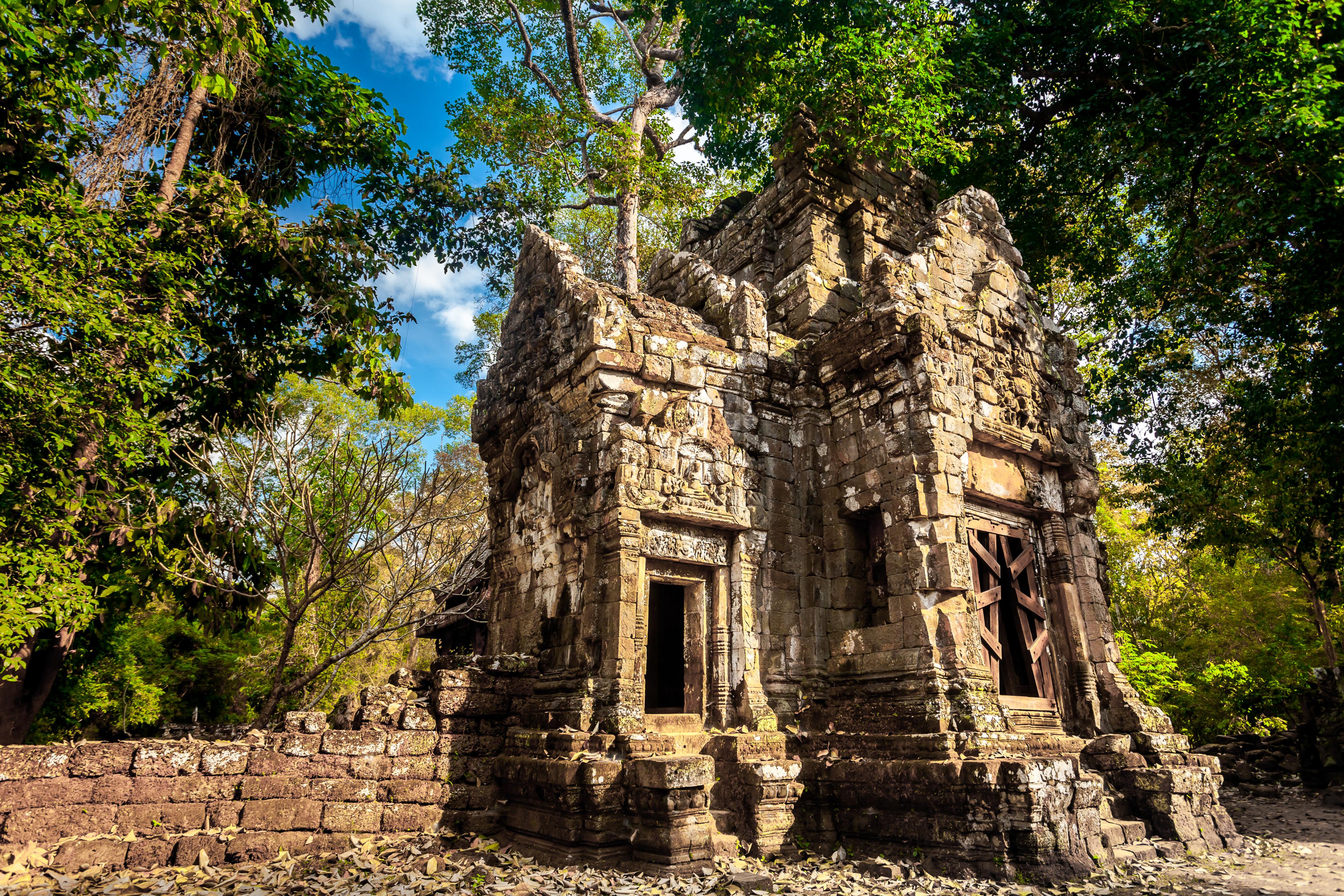
Angkor, the ancient capital of the Khmer Empire, is a sprawling complex of temples and monuments located in present-day Cambodia. At its height during the 12th century, Angkor was one of the largest and most sophisticated cities in the world, its grandeur reflected in the architectural marvels that dot its landscape. The city’s most famous temple, Angkor Wat, is a masterpiece of Khmer architecture, its intricate carvings and towering spires symbolizing the cosmos and the divine. The temples of Angkor, with their awe-inspiring scale and beauty, are a testament to the spiritual and cultural achievements of the Khmer civilization. Despite the passage of time and the ravages of nature, Angkor remains a place of wonder and reverence, drawing visitors from around the globe who seek to experience its timeless majesty. As a UNESCO World Heritage Site, Angkor continues to inspire awe and admiration, a living reminder of the ingenuity and vision of its creators.
8. Rapa Nui: The Enigmatic Island of Moai
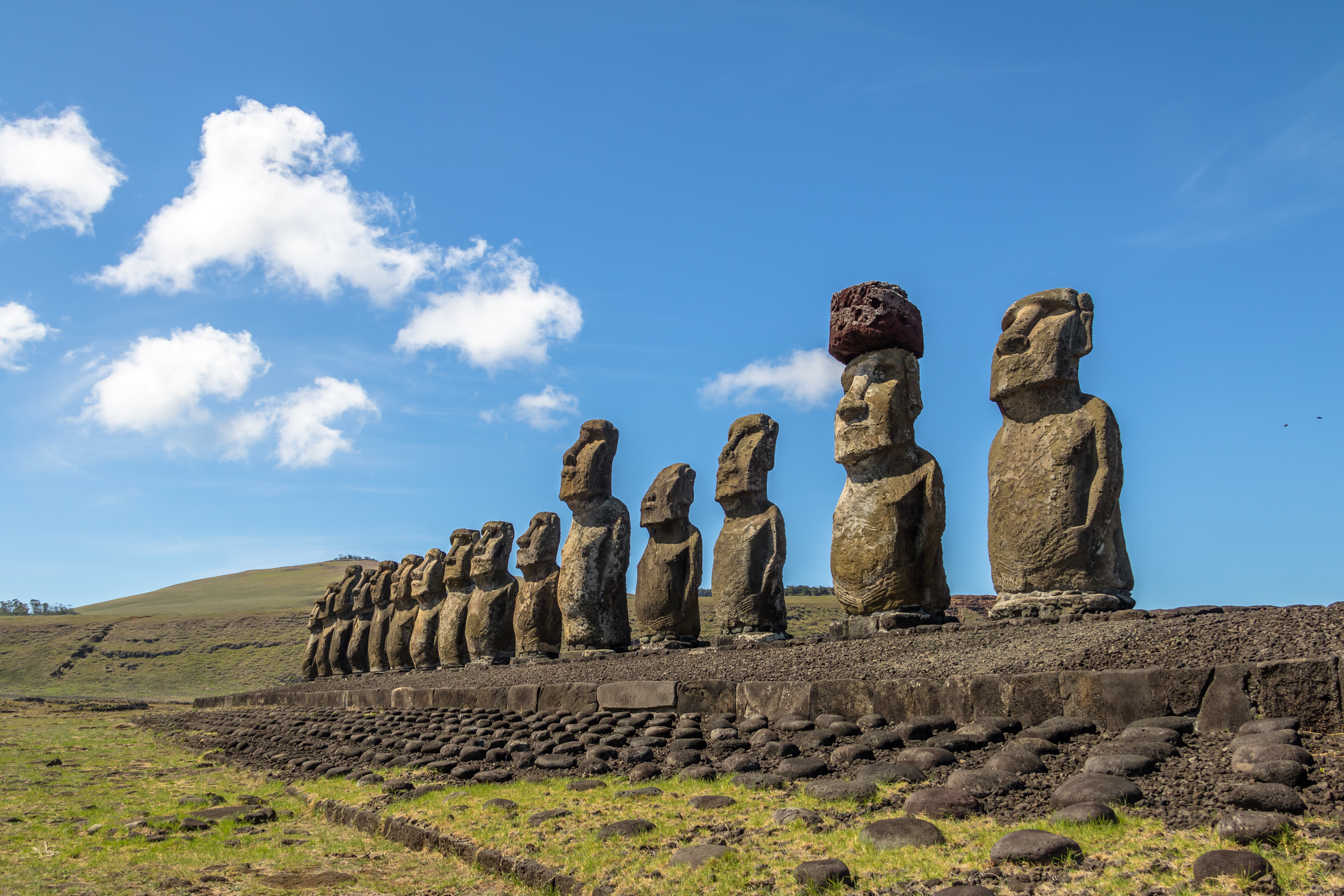
Rapa Nui, also known as Easter Island, is a remote volcanic island in the Pacific Ocean, famous for its mysterious stone statues known as moai. These colossal figures, carved by the Rapa Nui people between the 13th and 16th centuries, are shrouded in mystery, their purpose and significance the subject of much debate and speculation. The island’s isolation and unique cultural heritage have contributed to its enigmatic allure, drawing researchers and adventurers eager to uncover the secrets of the moai and the people who created them. Despite the challenges of environmental degradation and cultural change, Rapa Nui remains a place of intrigue and fascination, a testament to the resilience and creativity of its inhabitants. As a UNESCO World Heritage Site, Rapa Nui continues to captivate the imagination, inviting all who visit to ponder the mysteries of its past.
9. Shibam: The Manhattan of the Desert

Shibam, a city in Yemen’s Hadhramaut Valley, is often referred to as the "Manhattan of the Desert" due to its striking skyline of mudbrick skyscrapers. Founded in the 3rd century AD, Shibam is one of the oldest examples of urban planning based on vertical construction, its multi-story buildings rising up to seven stories high. The city’s unique architecture, designed to protect inhabitants from Bedouin attacks, reflects a sophisticated understanding of construction and urban design. Despite its age and the challenges of preservation, Shibam remains a living city, its residents continuing to uphold the traditions and practices of their ancestors. As a UNESCO World Heritage Site, Shibam stands as a testament to human ingenuity and adaptability, a symbol of the enduring legacy of its builders.
10. Gedi: The Swahili City of Mystery
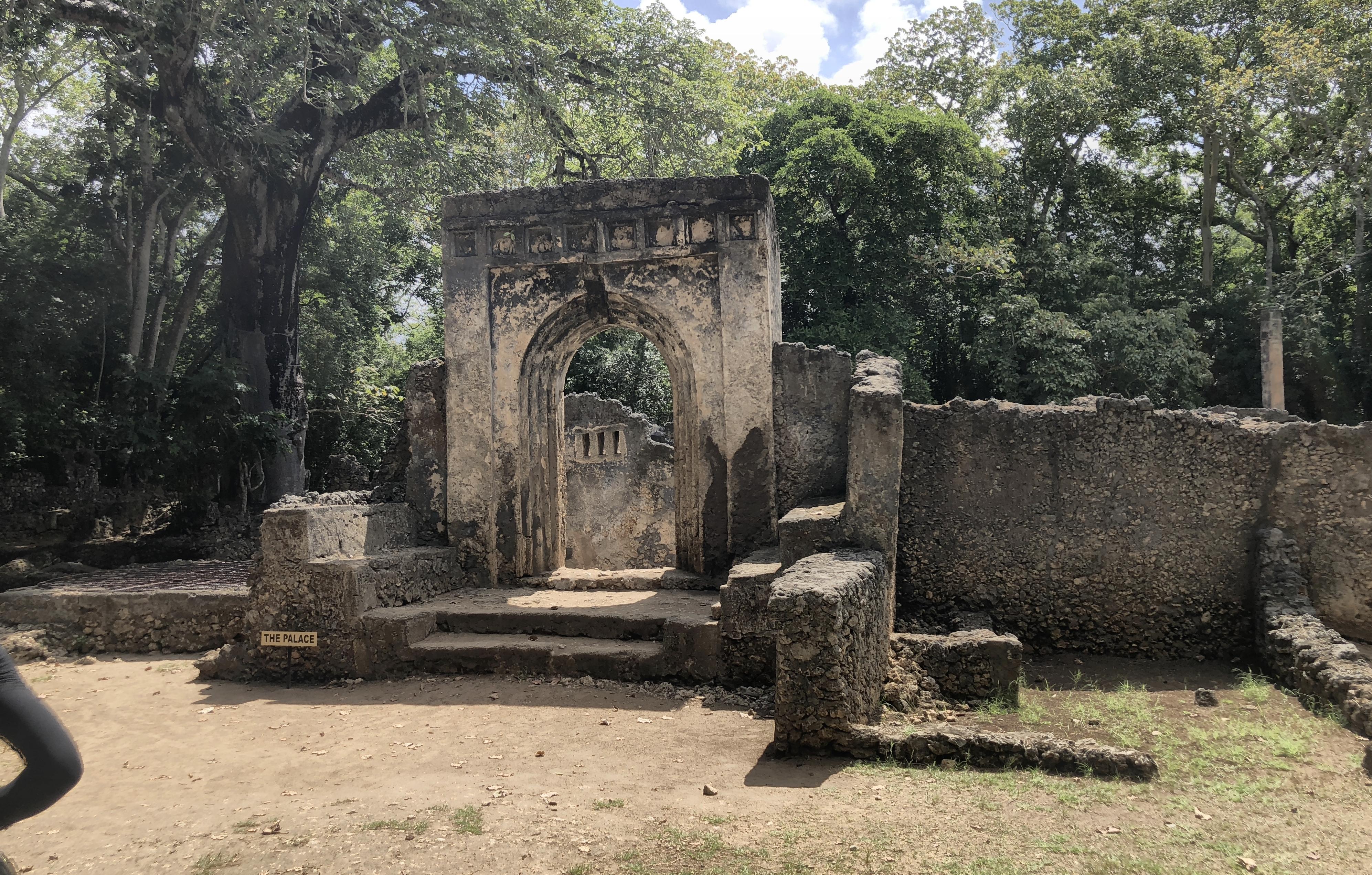
Hidden within the coastal forests of Kenya lies Gedi, an ancient Swahili city that thrived between the 13th and 17th centuries. Despite its significance as a center of trade and culture, Gedi was mysteriously abandoned in the 17th century, leaving behind a landscape of ruins and unanswered questions. The city’s stone structures, including a mosque, palace, and houses, reflect the architectural and cultural influences of the Swahili Coast, showcasing a blend of African, Arab, and Persian elements. Gedi’s abandonment and subsequent rediscovery have fueled speculation and intrigue, with theories ranging from environmental changes to social upheaval. Today, Gedi remains a place of mystery and wonder, inviting visitors to explore its ruins and ponder the secrets of its past.
11. Lalibela: Ethiopia’s Underground Spiritual Marvel
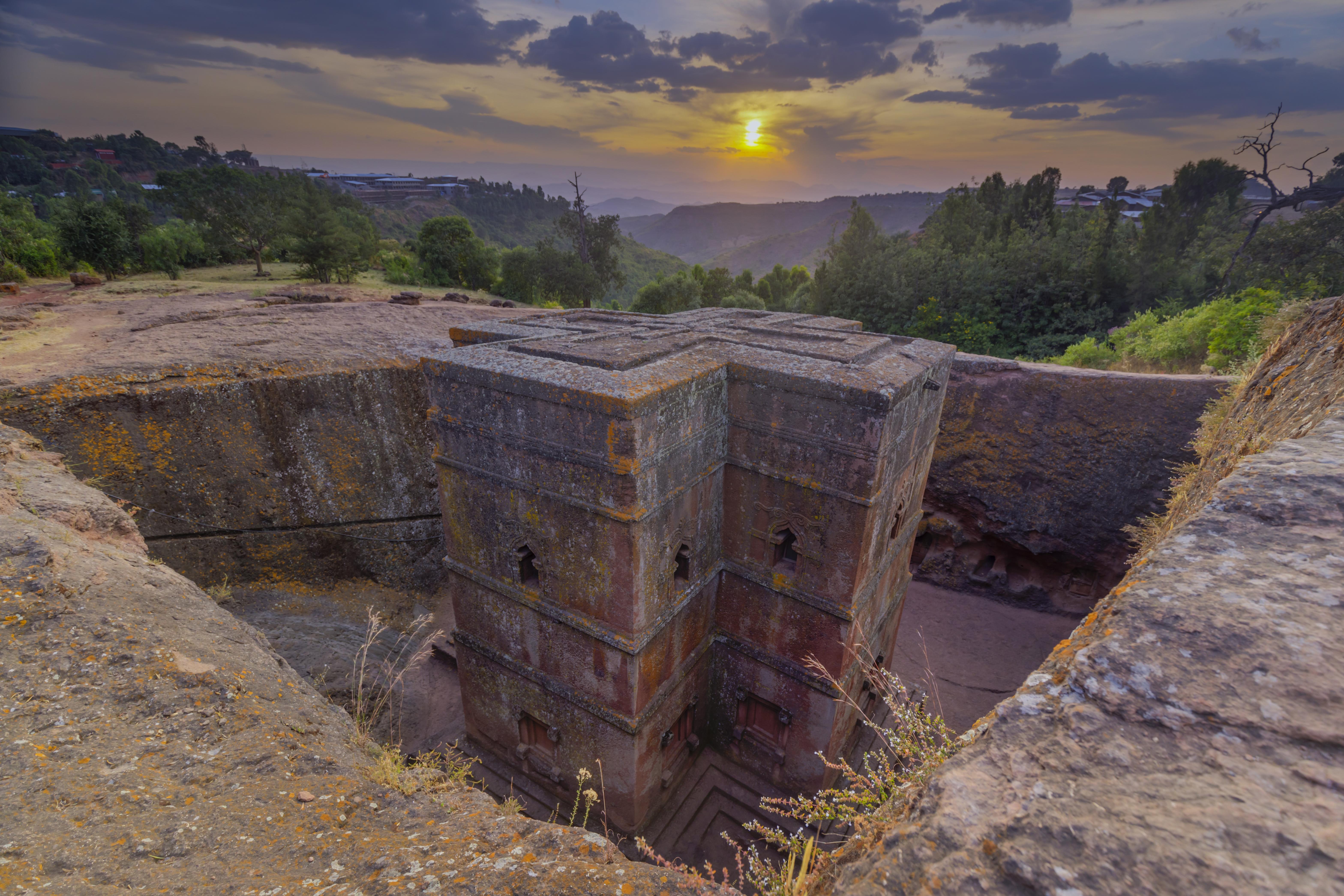
Tucked away in the highlands of northern Ethiopia lies Lalibela, a city unlike any other, famed for its eleven medieval churches carved directly into solid rock. Commissioned in the 12th century by King Lalibela as a "New Jerusalem," this sacred city was intended to be a pilgrimage alternative for those unable to travel to the Holy Land. What makes Lalibela truly extraordinary is not just the craftsmanship of its subterranean churches, but the spiritual aura that permeates the site. Each church is connected by narrow passageways and tunnels, creating a labyrinth of faith frozen in time. Despite centuries of wear, these structures remain active places of worship, drawing pilgrims and curious travelers alike. As sunlight spills over the ochre stone and chants echo through the carved chambers, Lalibela feels less like a city and more like a doorway between heaven and earth—a spiritual sanctuary lost in time and carved from devotion.
Embracing the Timeless Allure
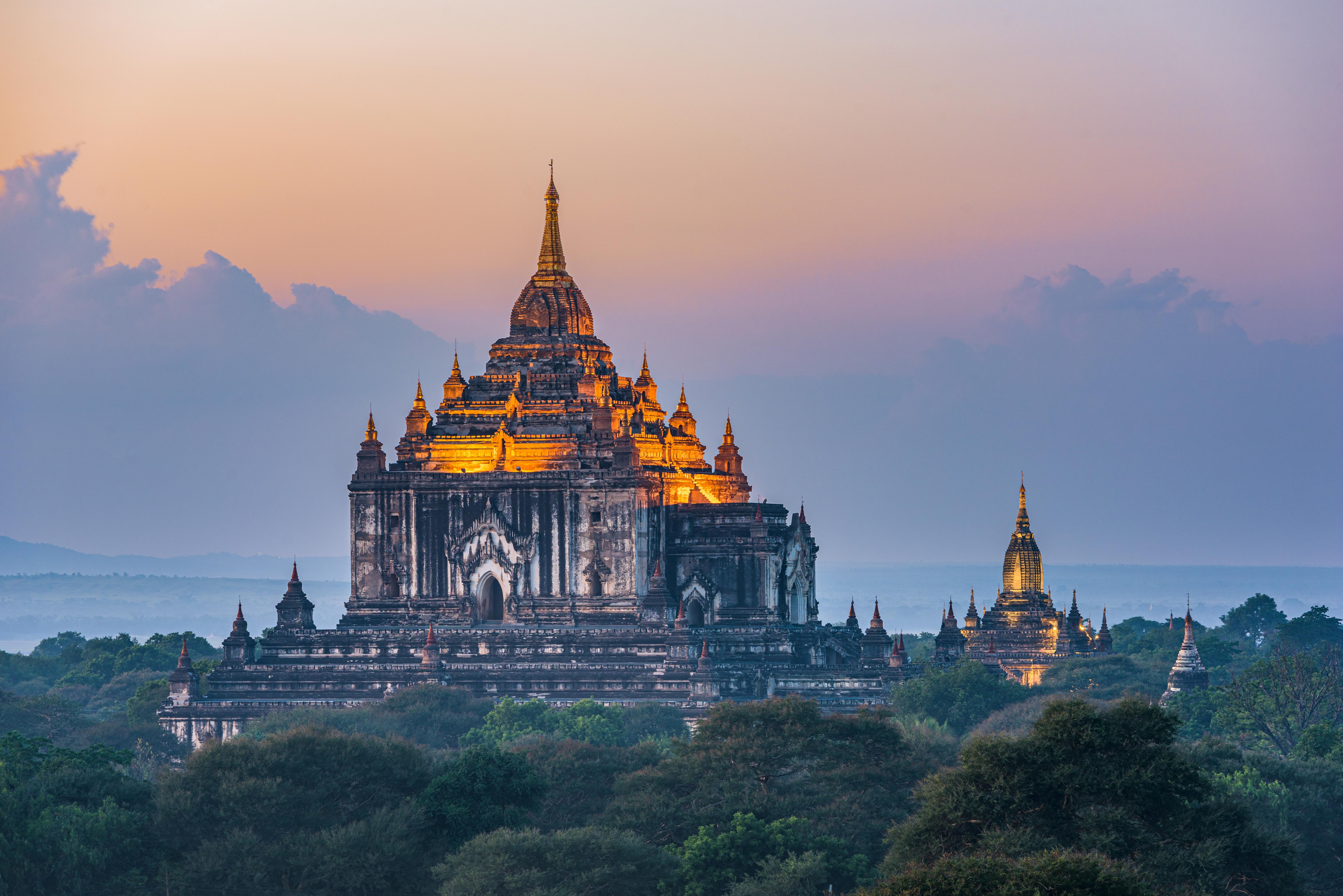
The cities explored in this article represent more than just architectural and historical marvels; they are gateways to understanding the complexities of human civilization. Each city offers a unique narrative, a tapestry of culture, innovation, and mystery that transcends the ordinary. As we journey through these otherworldly cities, we are reminded of the enduring power of human creativity and the timeless allure of places that defy the constraints of time. They invite us to step beyond the ordinary, to explore the unknown, and to embrace the wonders of a world that is as boundless as our imagination.





